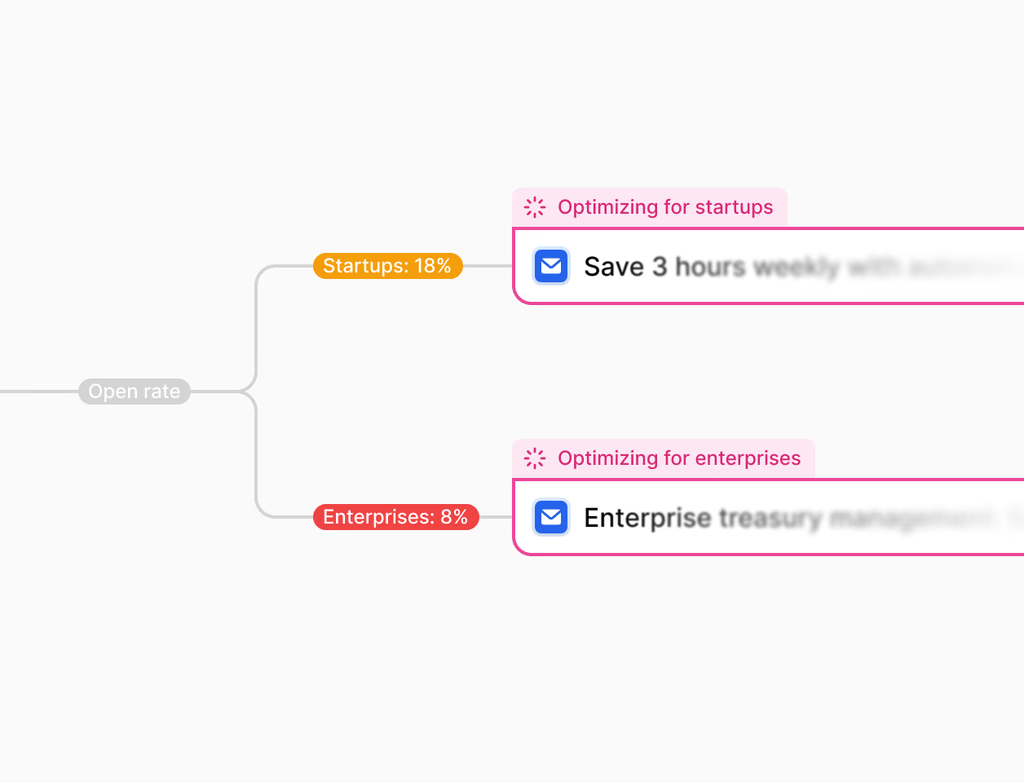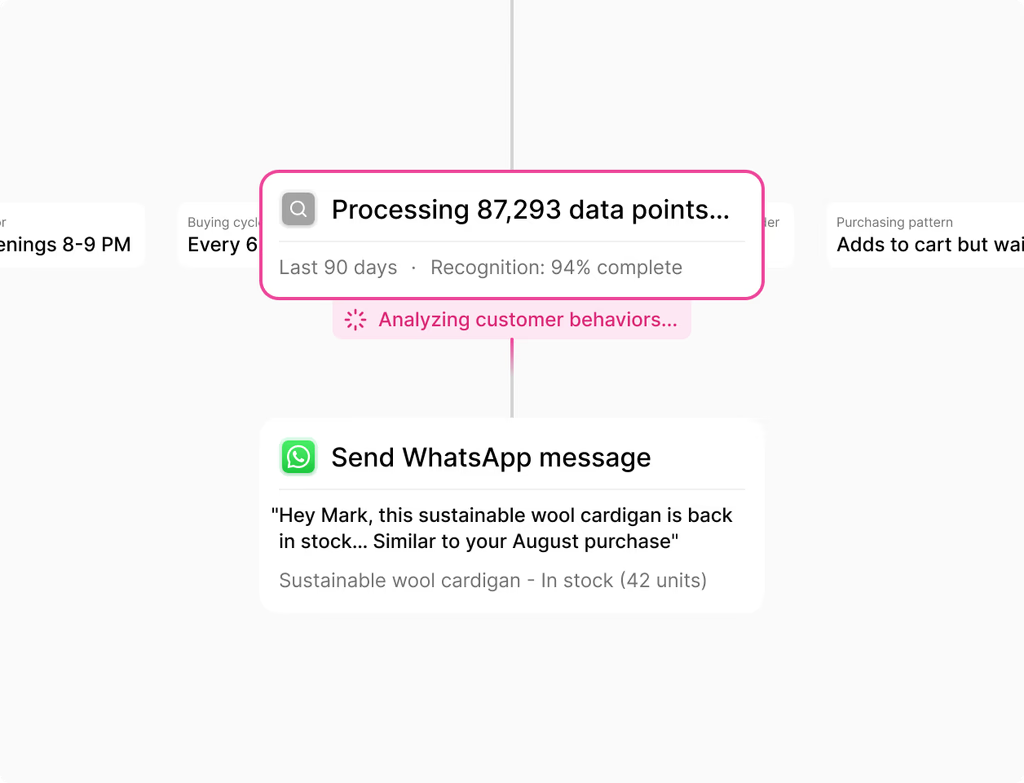What exactly is customer service software and who uses Hoop's Service?
Customer service software is the system your team uses to manage tickets, deliver self-service, and drive retention. It consolidates all channels, workflows, and analytics into one central place. Hoop’s Service is specifically designed for growing teams who want to scale their support operations using AI.
The target audience includes various support and service roles such as:
- Head of Support and Customer Support Manager
- Service Desk Manager and Help Desk Agent
- Customer Success Manager and Onboarding Manager
- CX/CSAT/NPS Owner and QA/Workforce Management
Hoop unifies help desk, self-service, success, and analytics on the same platform as marketing and sales, ensuring every conversation is contextual and personalized.
How does Hoop Service help scale support teams and drive retention?
Hoop helps scale support by leveraging AI for self-service and providing unified tools for proactive retention. AI-powered self-service includes a Customer Agent to handle queries and a knowledge base agent that automatically identifies and fills content gaps. This allows your support team to deliver scalable support efficiently.
To drive retention, Hoop uses connected data to give you unified insights. You can track customer satisfaction trends, identify opportunities for cross-selling or upselling, and proactively work toward keeping customers happy. The platform ensures that support is where loyalty is earned, turning customer issues into opportunities for expansion and improved NPS.
What are the key features available in Hoop's Core, Pro, and Enterprise Service plans?
Hoop offers three tiers—Core, Pro, and Enterprise—with escalating features for growing teams. The Core plan focuses on foundational support management, while Pro and Enterprise add advanced automation and specialized tools.
Key features include:
Core Plan:
- Shared inbox and ticketing
- Omnichannel support (email, chat, voice)
- Knowledge base and FAQ builder
Pro Plan adds advanced AI and automation:
- Automation and intelligent routing
- Customer Agent (AI self-service)
- Conversation intelligence for support
The Enterprise plan includes highly specialized capabilities for large organizations like Advanced SLAs, multi-brand portals, and granular roles for enhanced governance and security.
Can my company integrate its existing CRM with the Hoop Service platform?
Yes, integration with your existing CRM and other essential tools is fully supported by Hoop Service. The platform utilizes native and marketplace integrations to ensure seamless connectivity between Service and your current technology stack. This is crucial because it keeps data, tickets, and customer feedback synchronized, avoiding silos.
Since all Hoop hubs—Marketing, Sales, and Service—share one data foundation, integrating your CRM ensures maximum context for support agents. Marketing insights and sales context power faster issue resolution and proactive customer retention strategies, ultimately personalizing every conversation and driving business growth.
What is the typical setup time and effort required to implement Hoop Service?
Implementing Hoop Service is designed to be quick, especially for foundational features, meaning your team can launch without heavy reliance on developers. The platform offers out-of-the-box automation, templates, and guided steps to facilitate a rapid launch.
The time-to-value for the essential components is very fast:
- Core ticketing and the knowledge base can go live in a matter of days.
- More advanced features like portals, advanced SLAs, and customer success playbooks can be deployed following the core launch as your needs evolve.
For highly complex system setups, implementation specialists and partners are available, especially for teams on Pro and Enterprise plans, ensuring a smooth and comprehensive transition.
What kind of return on investment should teams expect after adopting Hoop Service?
Hoop Service is engineered to deliver significant ROI by optimizing support efficiency and improving customer relationships, leading to stronger expansion. By consolidating workflows and utilizing AI, teams typically see quantifiable improvements across key metrics. The platform is designed to turn the support function into a profit center rather than just a cost center.
Expected benefits include:
- Lower average handle time for tickets
- Higher first-contact resolution rates
- Improved customer retention rates
- Stronger opportunities for expansion and upsell
Teams can use the provided ROI and Total Cost of Ownership models to estimate the specific impact on their organization before full commitment.





























































.avif)


